
Fans Will Tour Oregon’s Rummer Homes
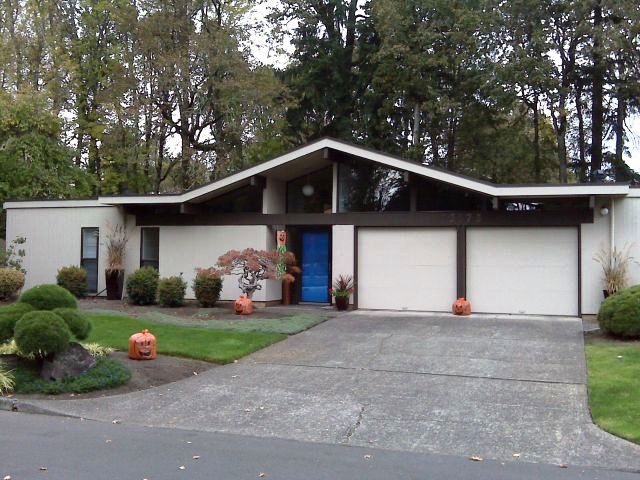 |
|
|
In the Portland, Oregon area, when people ooh and aah about their favorite mid-century modern tract homes, it's not Joe Eichler they are talking about but Robert Rummer. Rummer built around 750 modern homes from 1959 to the mid 1970s and, as he says, they are more popular today than they were when first built.
Bob Rummer, a proud, lively man with a self-deprecating sense of humor, will be the centerpiece of an upcoming tour of some of his homes in the community of Oak Hills, near Portland.
“We moved to California in 1985,” Bob says of himself and his wife Phyllis. “When we came back to Oregon [in 1997, when mid-century modern was gaining newfound respect], they were so popular. I didn’t understand. Oh, my God! If I wasn’t so damn old I’d be building them again.”
The ‘End of Summer Rummer House Tour’ will be Saturday, September 17, from 10 to 4 p.m. It’s a fundraiser for the preservation advocacy group Restore Oregon and costs $25 for members, $35 for others. At least six houses will be open, maybe more.
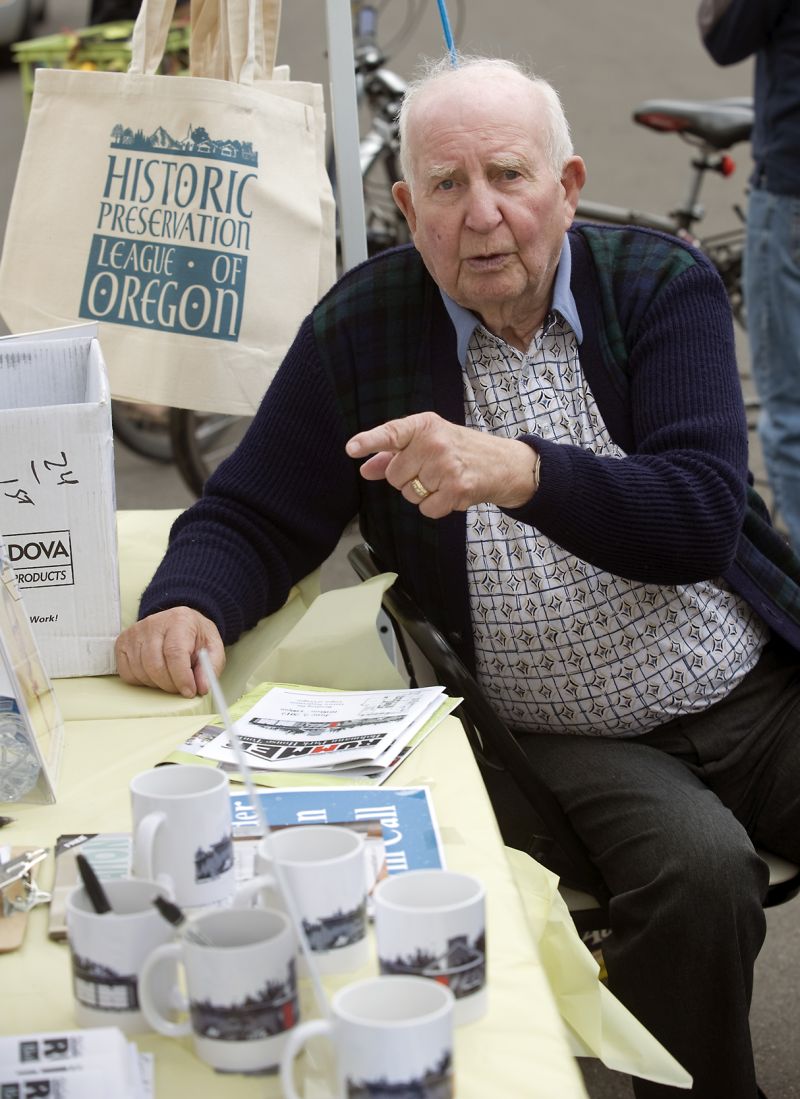 |
|
|
“These iconic ‘atomic age’ houses are highly sought after,” Restore Oregon writes, “and those on tour include some in virtually original condition and others that have been updated.”
Bob Rummer will be inside one of the houses. He doesn’t plan to lecture – but he is an affable man who enjoys chatting with fans of his homes.
The neighborhood itself, a planned community that is on the National Register, is worth a visit on its own.
When Oak Hills, which has Rummer homes and homes by other builders, was named to the National Register in 2013, Oregon’s historic preservation officer wrote:
“The Oak Hills district set precedents for implementing self-governance in suburban developments through homeowner associations, progressive master planning, and flexible land use codes and regulations in Washington County.
“Oak Hills includes nearly 650 single family and townhouse properties and is a mix of mid-century modern homes, open and recreational space, with trails and pedestrian paths throughout, extensive landscaping, and a widely used cluster of community buildings.”
Rummer homes are glass walled and open-beamed and have atriums, and look very much like Eichlers. There are differences, including some floor plans and in materials and technology.
Rather than copper, Rummer used PVC pipes for his radiant heating, and used forced-air heating in homes that had conventional foundations, often necessitated by hilly terrain.
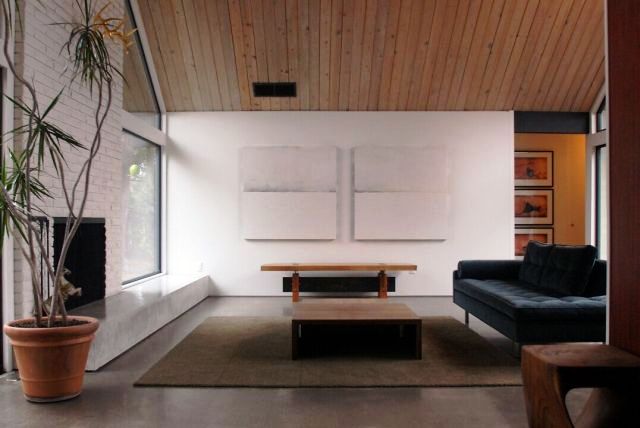 |
|
|
Rummer says some of the differences came about because of the harsher climate in Oregon.
“They were built in the Northwest,” he says.
“Our climate here,” he laughs, “… well, it’s getting to be like California here! But it’s colder in the winter and doesn’t get so hot in the summer.”
His siding was “double construction,” he says, meaning two layers of interior framing on the posts, not one, for added insulation and strength.
“Most of my homes are double construction,” Bob says. “Georgia Pacific did redwood siding that they made specifically for me.”
A number of years ago, the Eichler Network ran an article about Rummer Construction that portrayed the homes as essentially Eichler copycats. It noted Rummer's meeting with Eichler’s architect A. Quincy Jones and his extensive visit to an Eichler construction site.
Bob and Phyllis Rummer believe the article was deeply unfair. He argues that all he was doing was building, as was Joe Eichler, in an idiom that was established by Frank Lloyd Wright and carried on during the mid-century by many other builders and architects.
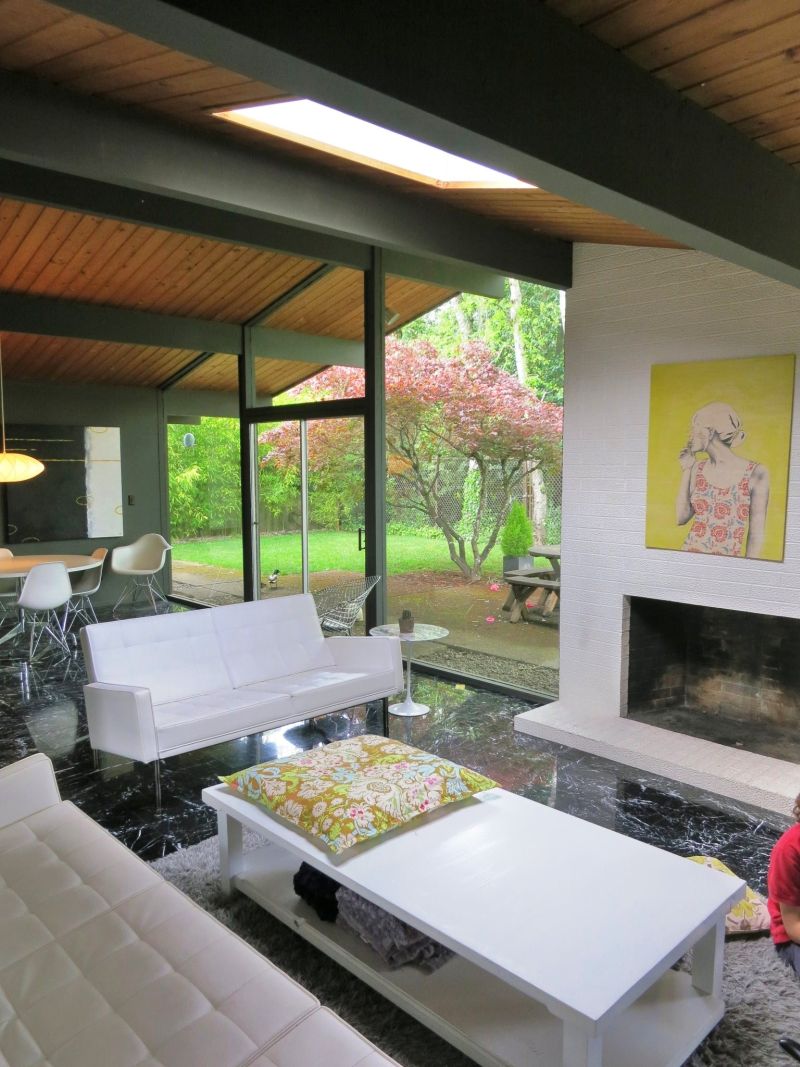 |
|
|
“They’re much different in many respects,” Bob says of his homes, comparing them to Eichlers. “But how can you change a post-and-beam home? They’re really from Frank Lloyd Wright. How can you change it?”
Rummer called one of his developments ‘Taliesen Beaverton,’ after Wright’s home-office-school-retreat Taliesen.
Rummer worked with one young architect on his home designs, and says he designed some of the homes himself. After the mid-1970s he kept building homes, but in more traditional styles. He says he built between 950 and 1,000 homes total, compared to about 11,000 built by Eichler.
Rummer never met Joe Eichler. “I never did,” he says. “I wish I would have. He’s a fantastic person.”
Rummer may have copied Eichler, but other builders copied Rummer, he says. “It’s interesting – people tried to copy me here. They just didn’t get anywhere,” he says.
Why not?
“Maybe they just weren’t stubborn enough.”
Rummer says it was never easy building modern homes, but says he was stubborn enough to give it a try and make it work. His wife attributes his success with the homes to "stick-to-it-ivness."
“The lenders thought I was nuts,” Rummer says. “We had a terrible time.”
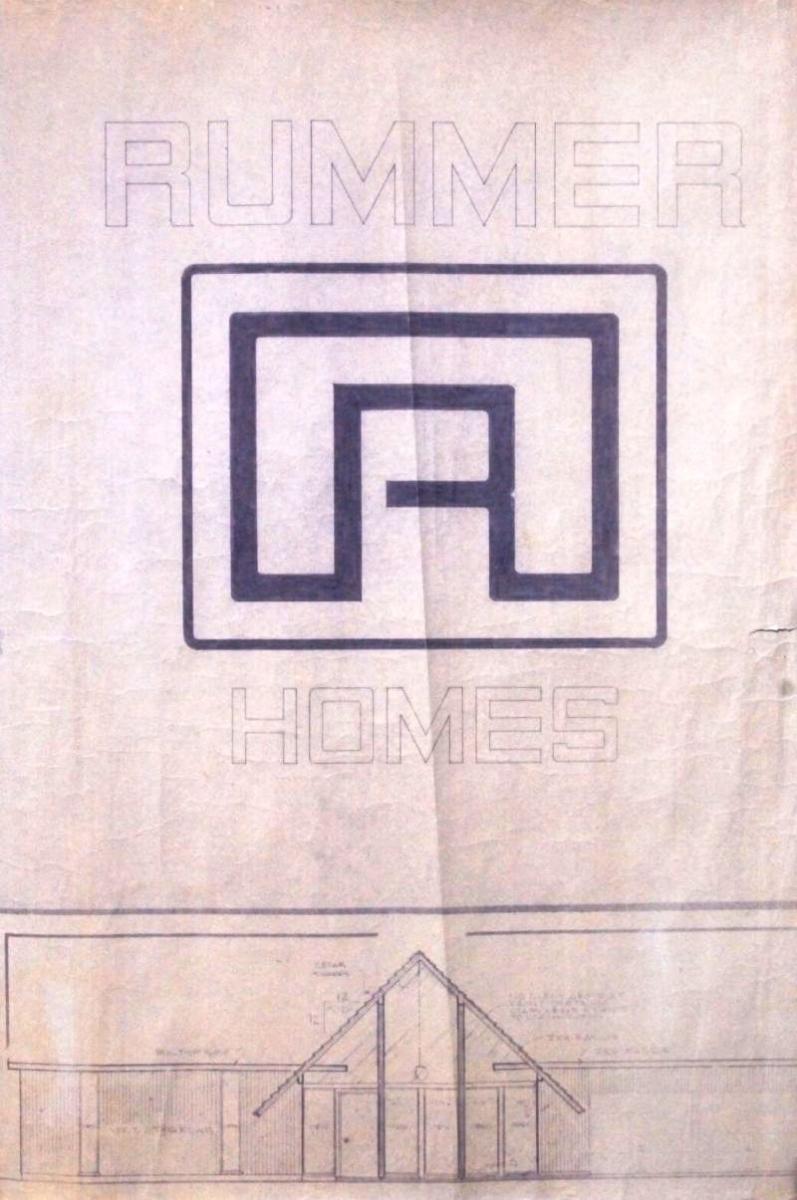 |
|
|
Today, Rummer says, he and Phyllis often get invited to open houses of his homes and get-togethers, and really enjoy meeting the folks who live in them. He has true fans.
In Oak Hills, he says, “All the people there are very proud [of their homes]. They have taken good care of them. All of the ones I built are in pretty good shape. Most of them have been modernized.”
What is he proudest about?
“Well, I’m very happy that every home that I’ve built, frankly, I am welcomed in, and that is nicer than anything else. I can go into any home that I built and I’m welcome. I don’t think many [builders] can say that.”
“We’re very proud of what we did. I think Joe Eichler was very proud of what he did.”
- ‹ previous
- 246 of 677
- next ›



